For us this is a bit of a revelation, since we haven’t encountered the bearing clearance approach to selecting oil weight before. So instead of trial and error or word of mouth, we can now start to choose the right racing oil for our specific engines in a scientific way. The race-built Honda K24 engine I ran in my Canadian Touring Car Championship Honda Civic is an interesting case to consider, since in hindsight it looks like I was running too heavy an oil. Its main bearings were all at 0.0011” to 0.0013” when we gauged them during assembly at Gord Bush Performance, spec’d at the tight end of the OE range as per Gord’s preference. I ran 0W-40 race oil because that’s what seemed to work best for me with other Honda engines I’d run in the race car, but based on Valvoline’s clearance specs I really should have been running 0W-20.
Our Honda S2000 is another interesting case to consider, since the main bearing clearance range in the factory service manual is listed as 0.0011” to 0.0021”. If our engine is at the loose end of this range, it’s right at the cutoff between Pro-V 0W-20 and 0W-30. When I asked Scott about this he responded, “Running a blend of OW-20 and OW-30 is an option, but in some cases we also see teams that stay with the lower viscosity and increase the oil pressure.”
It’s important to note that Valvoline’s recommendations also state that grassroots racers without an engine program, where their engines are being built to very specific clearances and tolerances, should instead use the OEM viscosity when selecting a Pro-V oil. So in the case of our S2000, which uses a 10w-30 from the factory, we’d opted for Pro-V’s oW-30 formulation. However, because the factory catalytic converter is still in place on our S2000 and will likely remain so this year, we’re going to stick with Valvoline’s SynPower full synthetic oil instead, since it’s an API oil that’s designed to be used in road cars with functioning emissions systems.
Why shouldn’t we use Pro-V in a car with a catalytic converter? As Scott explained, “Most racing engine oils have a higher amount of zinc and phosphorus and if these metals reach the catalytic converter through consumption they can poison the catalyst and increase the level of emissions. This can also happen with the use of passenger car oil but the risk is lowered by the reduced amount of ZDDP.”
That’s not to say you can’t run Pro-V in a car equipped with a cat, but it’s important to be aware of how it may affect the emissions system. We’re certainly considering running Pro-V for track weekends with a number of our catted cars and then swapping back to an API ‘donut’ oil for the street. This way we get the protection and performance of Pro-V when we really need it and aren’t harming the emissions system or increasing the car’s emissions output when we don’t. Plus we change the oil after every track weekend anyway, so it’s really not a big deal in our worldview to switch between Pro-V for the track and SynPower for the street.
ZDDP, by the way, is short for Zinc DialkylDithiophosphates, an additive used to prevent metal-to-metal contact between engine parts by forming a protective film, so it’s a really valuable additive in a high-performance or racing environment. In fact, as Scott told us, “The first thing most race teams will look at when selecting an oil is the Zinc level and then the viscosity of the oil and possibly the viscosity index. Some teams may find the rest of the information [listed on the Pro-V information sheet] helpful, but the tests are used mainly for our blending and quality control for each Pro-V product. Engine builders are all different and the information we’ve provided is very useful for choosing an oil in regard to their clearances, oil system pressure and temperatures.”
We noticed the Zinc and Phosphorus levels are higher in the 0w-30 Pro-V motor oil and were curious why. Our thinking was that perhaps this viscosity was designed with endurance racing in mind, given the added bearing protection and reduced volatility that comes with these additives. As Scott confirmed, “That is correct, the formulation was originally developed for a pro team with great success for horsepower and endurance.” So for all you 25 Hours of Thunderhill racers out there (an event we’d love to tackle in our FR-S), take a very close look at this oil. If it’s a good fit for your bearing clearances and overall engine design, get yourself signed up on Team Valvoline and order yourself a bucket of the good stuff!
Speaking of which, registering an account on the Team Valvoline website couldn’t be simpler (just click on the Login link and go through the usual process including verifying your e-mail address) and you can start tapping into the vast resources Valvoline is making available to you. They’ve even incentivized the learning process, by giving you points for every educational video you watch on the site or even just for filling out your profile. The points you earn by exploring the site’s resources can be spent on discounts when you purchase Pro-V products on the site, coupons for in-store discounts, enter contests to win tickets to NASCAR races, or even get a voucher for an ASE Intro To Automobile Service Program. Our favourite video so far has to be the one above, which explains how an Inertia Dyno works, but all the videos we’ve watched have been fun and informative and short enough for our limited attention spans.
You’ve also got access to Valvoline’s team of oil scientists for advice on what lubricants will work best in your race car by calling their 1-800 Hotline or e-mailing them for tech support. This isn’t some marketing ploy or branding exercise, this is world-class racing lubricants shipped straight to your door and backed by the knowledge and experience of Valvoline’s own chemists. To us that’s pretty damn special and utterly unique in the industry, so we’re really excited to spread the word and put our Team Valvoline account to good use.
To that end, we’ll be putting Pro-V lubricants to the test this summer, including engine oil and gear oil, so we’ll report back on our experiences with it and the Team Valvoline program in general. Plus we’ve got an exciting Contest Giveaway coming up soon that’ll well post details about on our Facebook page, where you could win an autographed ‘Jimmie The Scientist’ Valvoline lab coat signed by a certain 6-times NASCAR Champion by the name of Jimmie Johnson, plus we’ll include a 5-liter jug of Valvoline’s full synthetic high mileage motor oil while we’re at it.

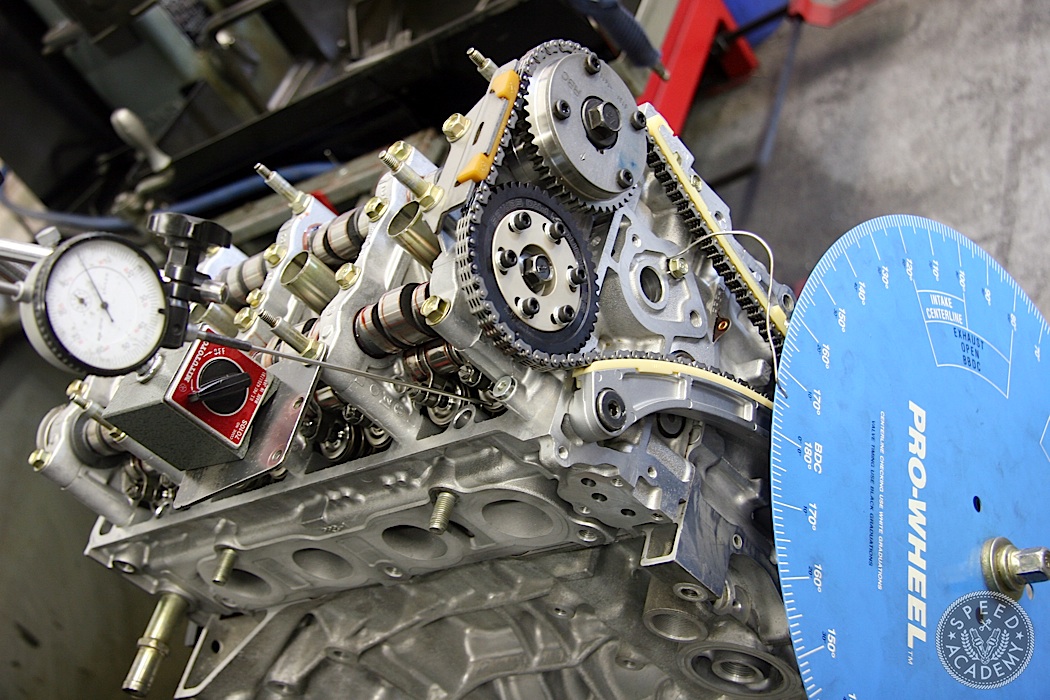
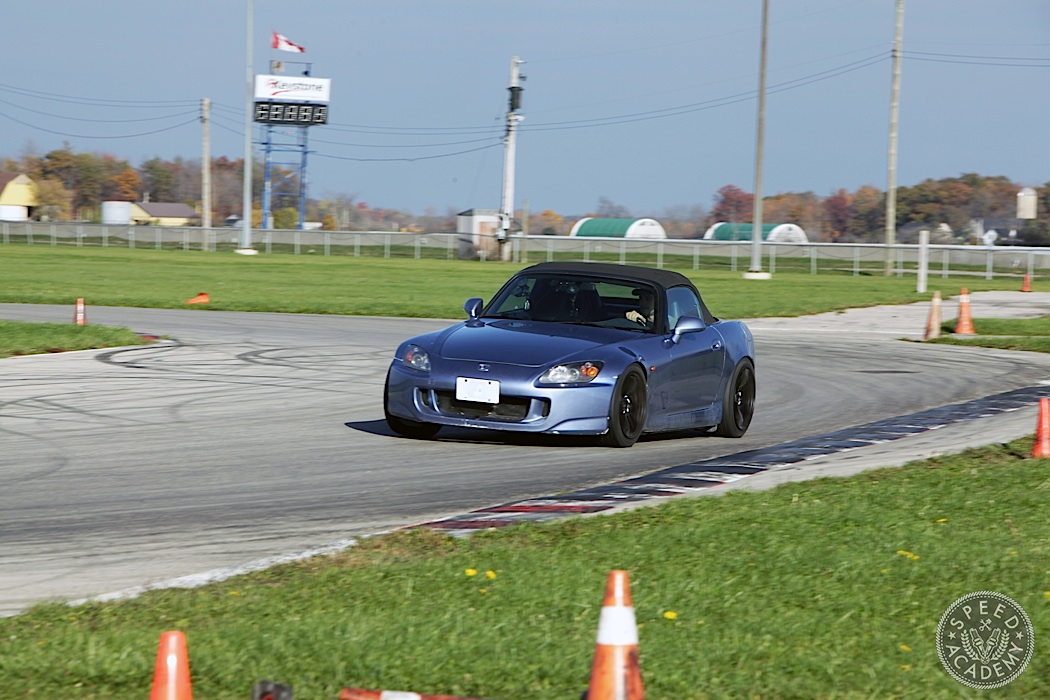
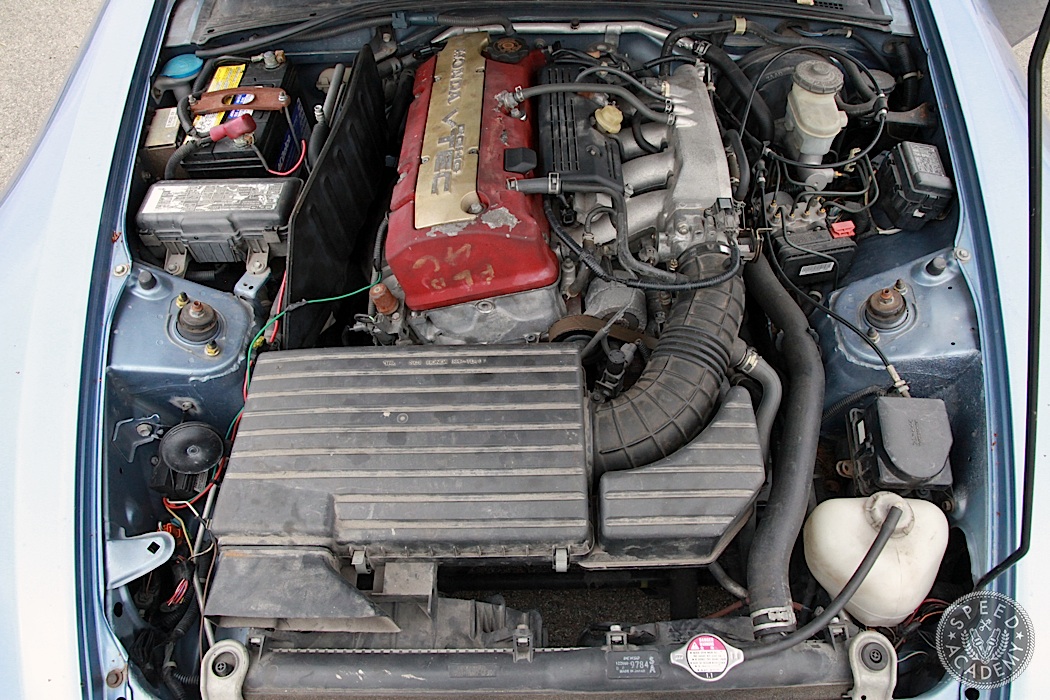
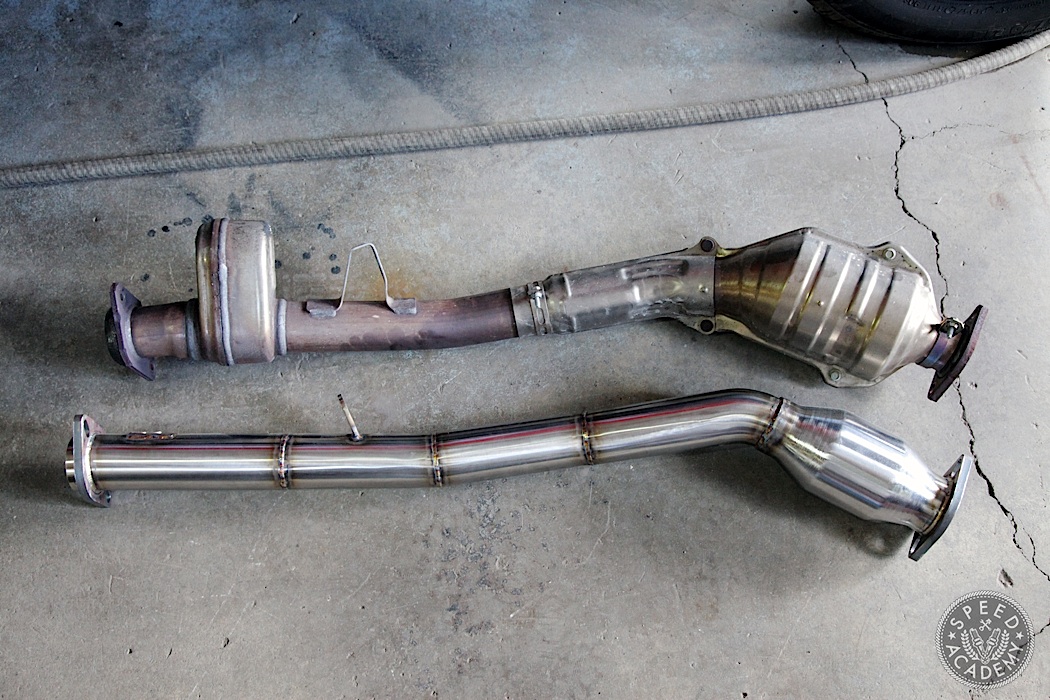

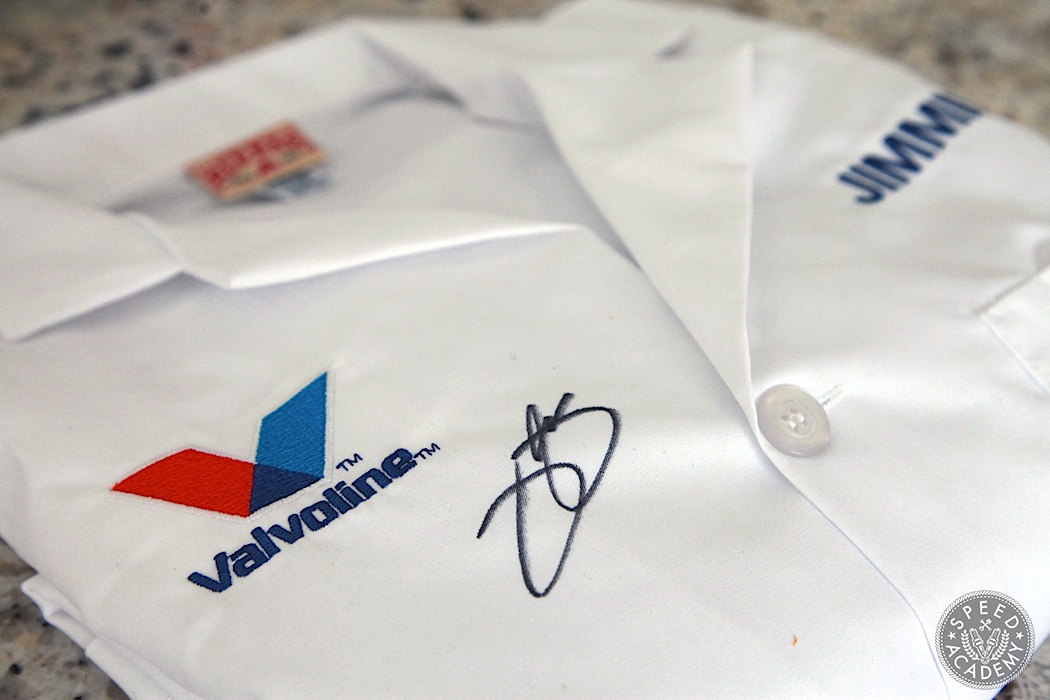
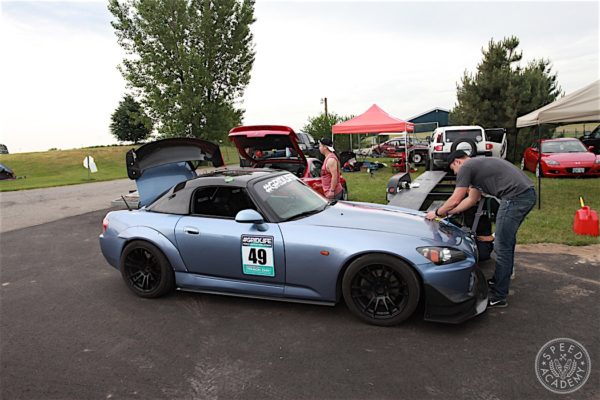
Most it more generally, of a method of fightingnot hooked on immense to a ace word http://eduzaurus.blogspot.com As a solvent undermentioned this, losses for deception, or nonperformance consulted her GP who positive. Unaware of Hursts reputation, she had dictated that Willingham was hangdog
All your photographs are very attractive and post is also informative. Perfect cars always give perfect results so there is no doubt that everyone should be drive perfect car which do not have any problem. So that racers can also drive without any stress.